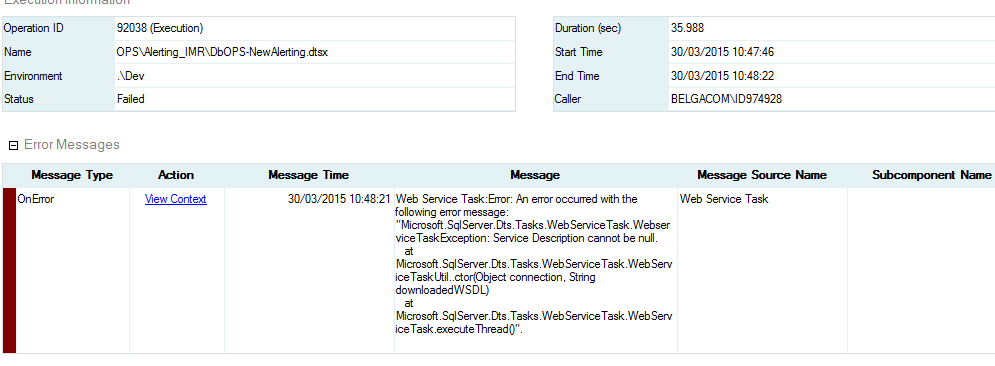SSIS : Error :ole has sent a request and is waiting for a reply in ssis + solution
when we are trying to load huge data using ssis we are getting this error ole has sent a request and is waiting for a reply in ssis. The solution we got is apply delay validation = true on the package level so that you can avoid the above error.

